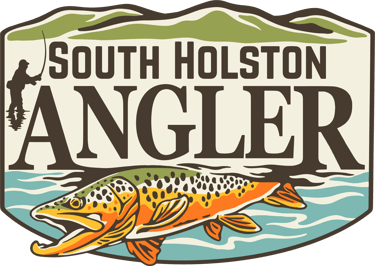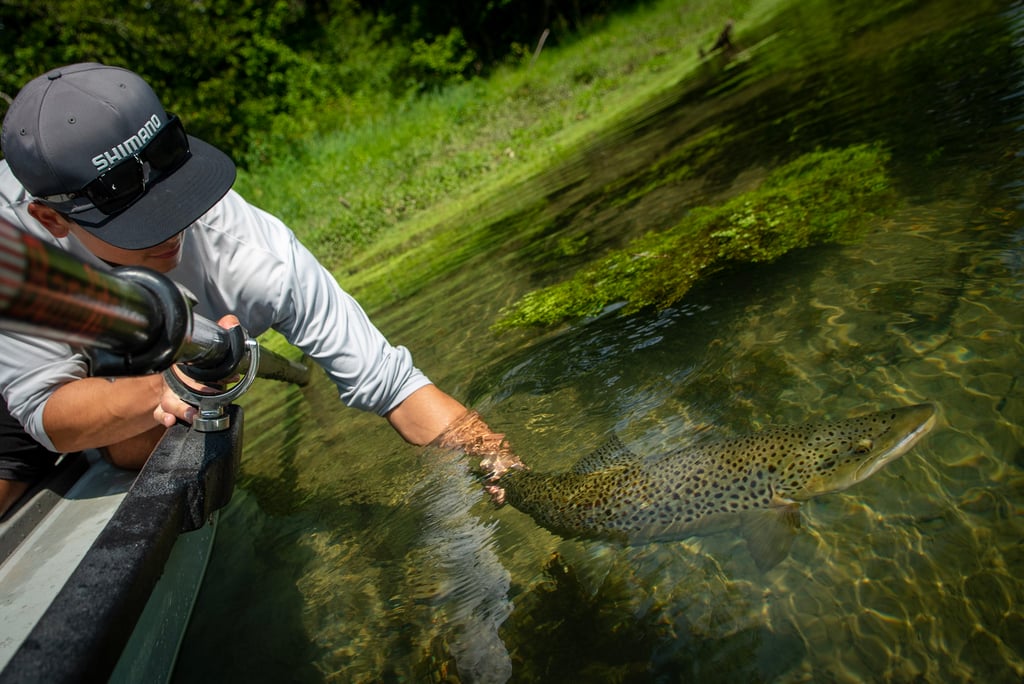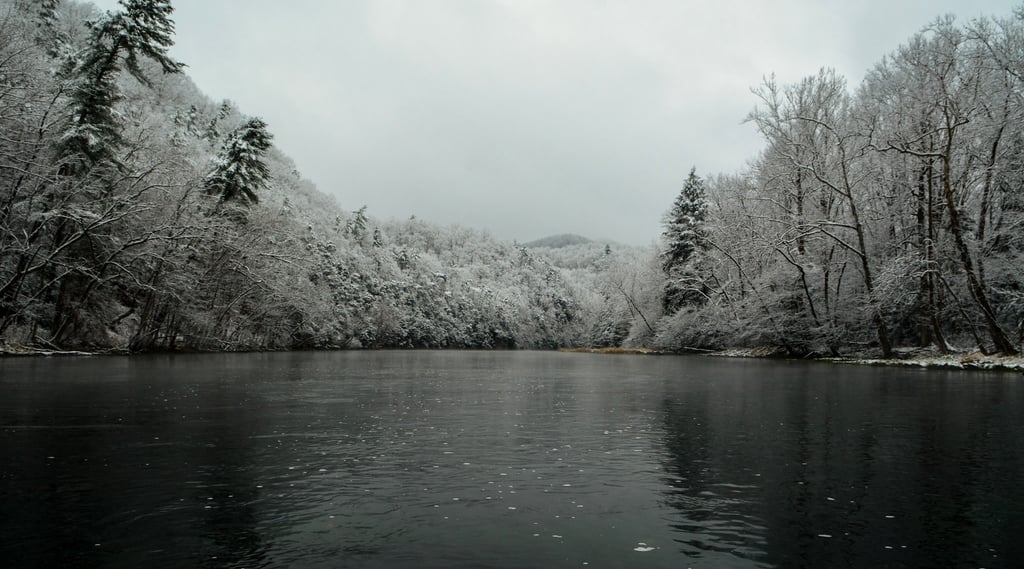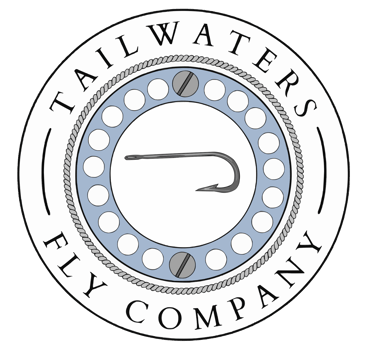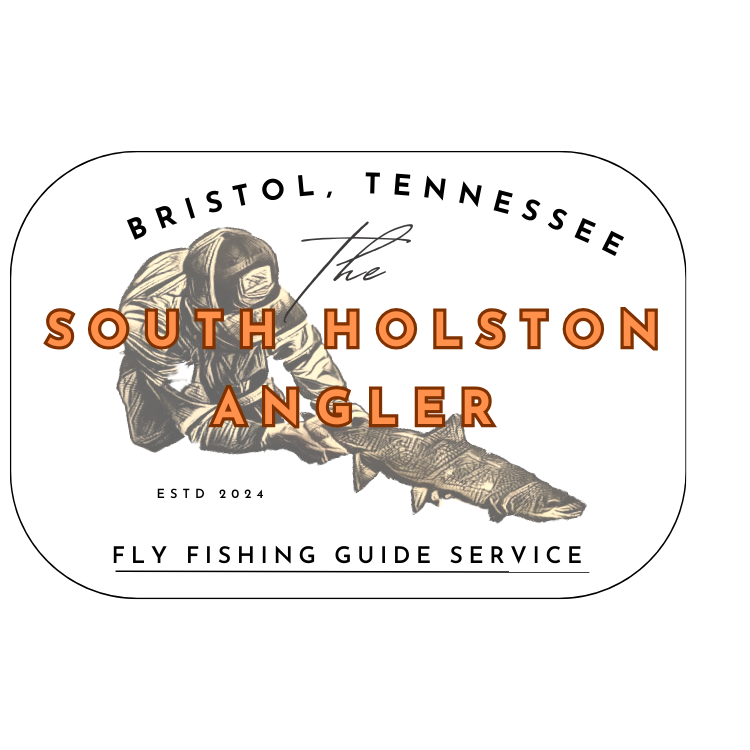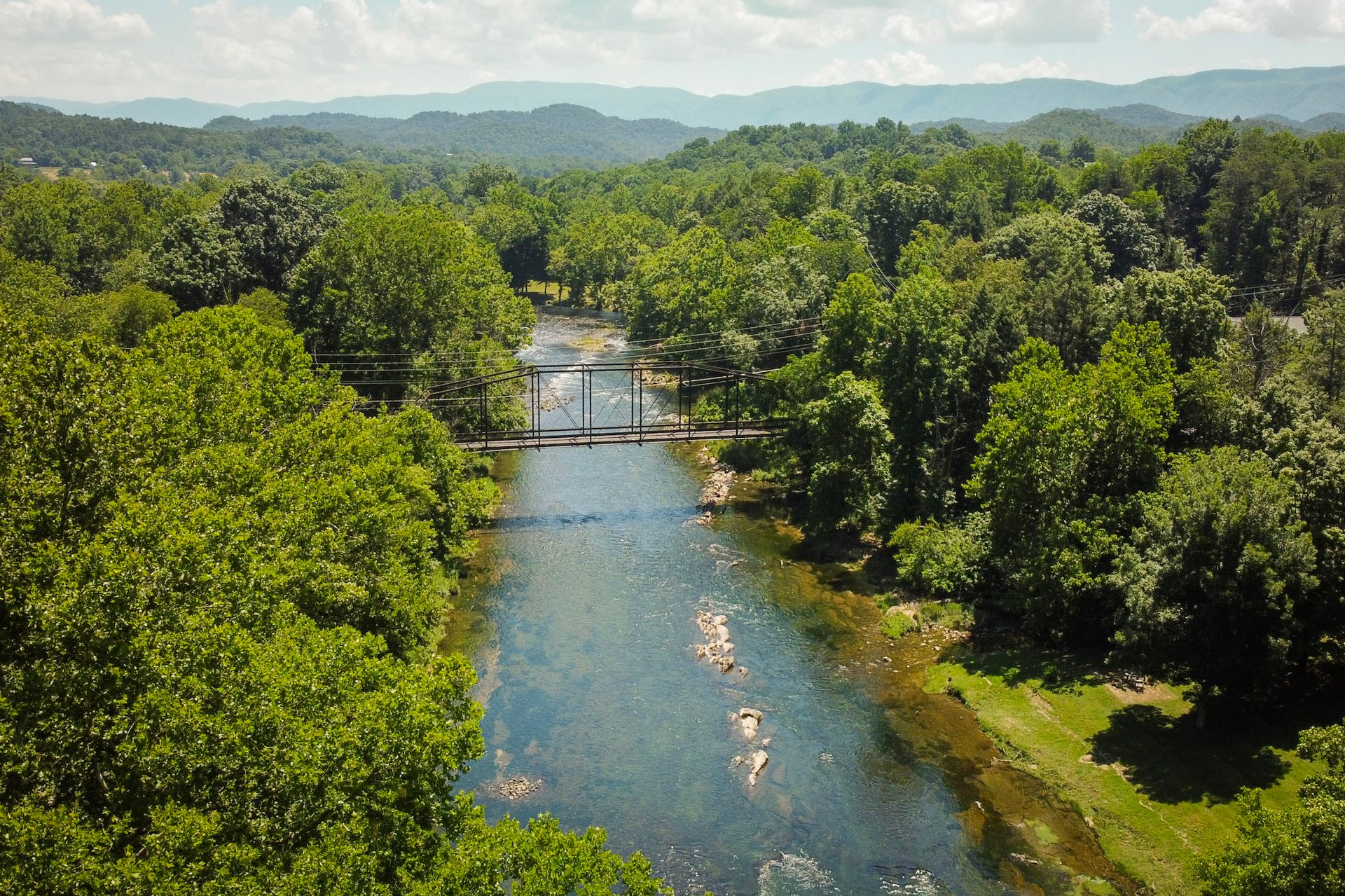
This is Your Guide to Fly Fishing the South Holston River in Bristol, TN!
Looking for the best guide to fly fishing the South Holston River in Bristol, TN? This page covers everything you need—hatch charts, top fly patterns, public access points, boat ramps, and expert tips. We also provide estimates for when generation flows reach key access areas, insights on the best fishing spots throughout the day, and fly recommendations to maximize your success. South Holston Angler hopes this guide helps you have a productive and enjoyable fishing experience!
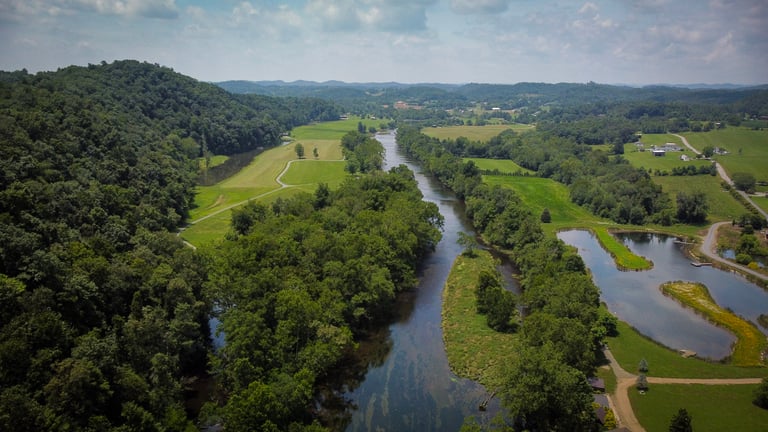
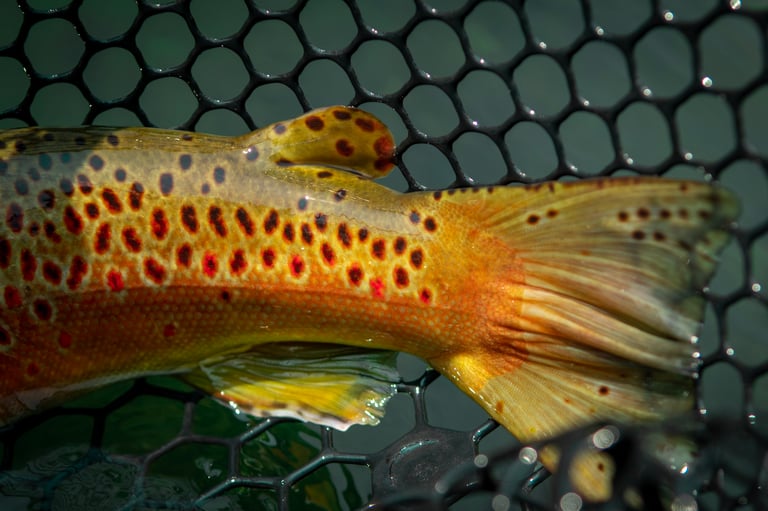
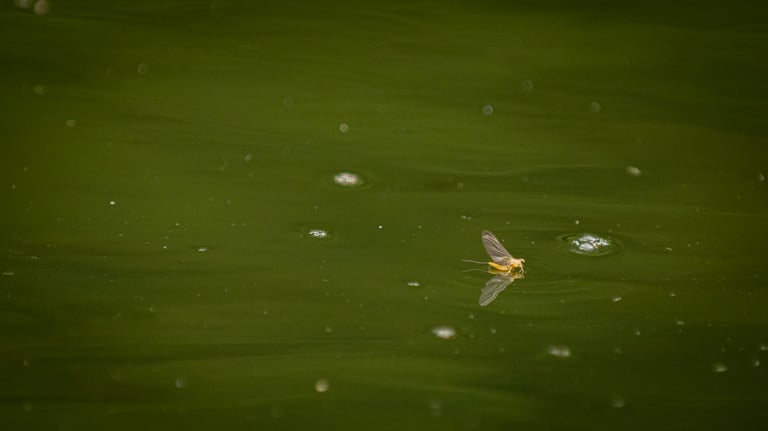



Before exploring the South Holston River in Bristol, it is essential that you check the forecasted generation schedule on the TVA website. Download the TVA App for ease of use.
On all the mapped public access on this page, we've also given an estimated time it takes for the water to arrive. Give yourself plenty of time to get back to the trails. It can be very dangerous. Check the flows with the attached link.
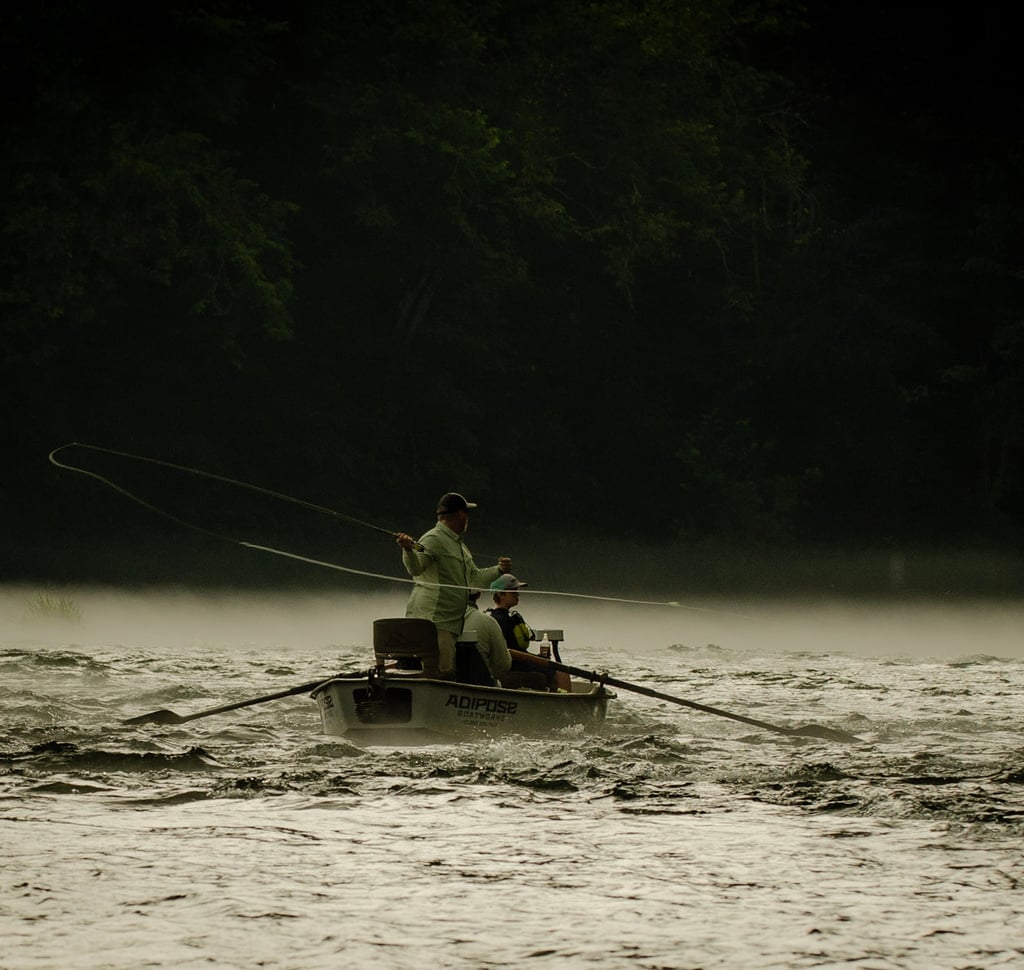

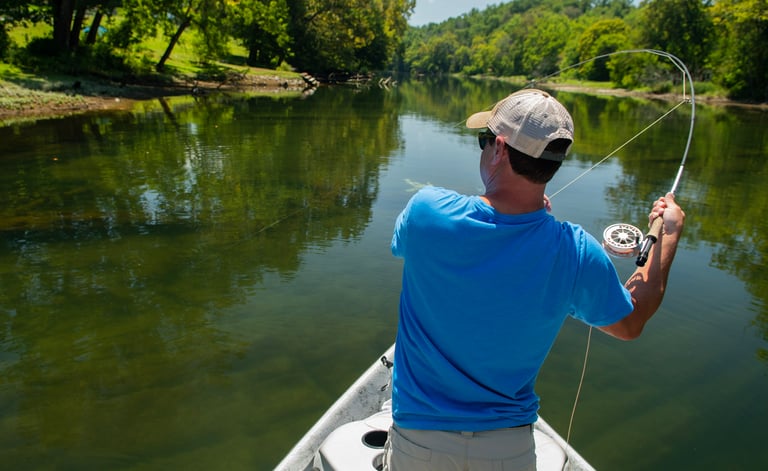

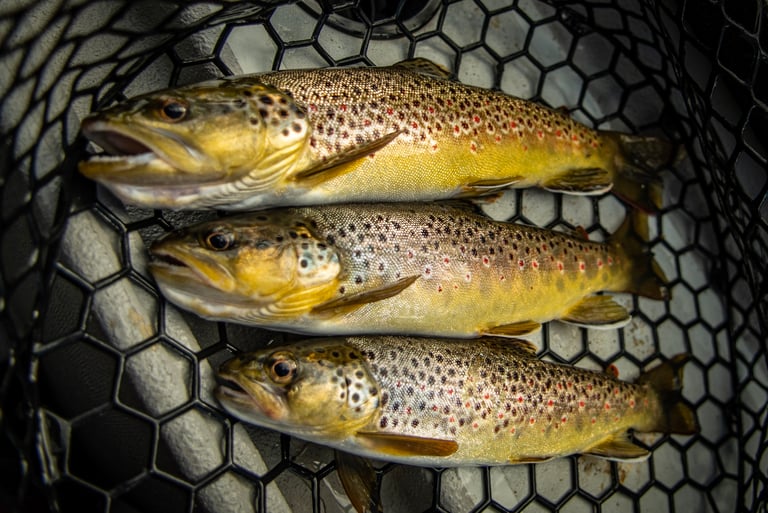

What are the Best Months to Fly Fish the South Holston River
The South Holston River offers exceptional fishing year-round, but March through October is especially rewarding. Summer stands out as the prime season, offering world-class dry fly action. During this time, anglers can fish Sulfur dries to actively feeding trout or sight-cast to wild browns in the river’s crystal-clear waters. The combination of technical precision and eager fish makes for an unforgettable and highly rewarding fly fishing experience.
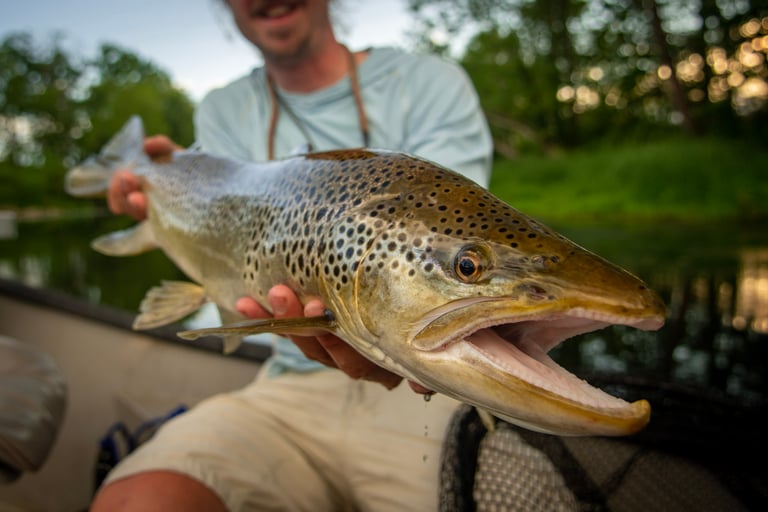

What Gear do I need to Fly Fish the South Holston River?
Breathable Waders & Wading boots - Vibram or Felt
Chest or Waist Pack
Hat and Polarized Sunglasses
Landing Net
Wading Staff
Nippers, & Forceps
9 ft 5 or 4wt fly rod with reel and line to match
9ft 3-5x monofilament leaders
5-7x fluorocarbon tippet
#6-bb split shot dispenser
Strike indicator yarn- New Zealand Wool, Lefty Kreh Yarn
Liquid Floatant- High & Dry
Powder Floatant- Frogs Fanny
Sulfur, BWO, and Beetle dry flies
Zebra Midges, PT nymphs, assortment of small Streamers
What's the Most Effective Way to Catch Brown Trout on the South Holston River
Just Starting out, targeting trout in the riffles will be the easiest. The broken water helps conceal both the angler and their tackle while also shortening the fish’s decision time to strike the fly. Casting upstream in these areas creates the best presentations.
Our second favorite place to target fish is in pools around knee-to-waist deep. Fish at this depth tend to be less easily spooked, and these areas can be rich in opportunities. The gin-clear water can appear deceptively shallow, so ensure your dry-dropper or nymph rig is set at the correct depth. Allowing the fly to drift downstream from you is the most effective technique for fishing pools like these. However, you must keep the line mended to prevent the fly from dragging.
Lastly, shallow, slow-moving water may also hold fish, but trout in these areas are often skittish, reacting quickly to people, boats, or errant casts. These spots can be productive but usually only under optimal conditions.
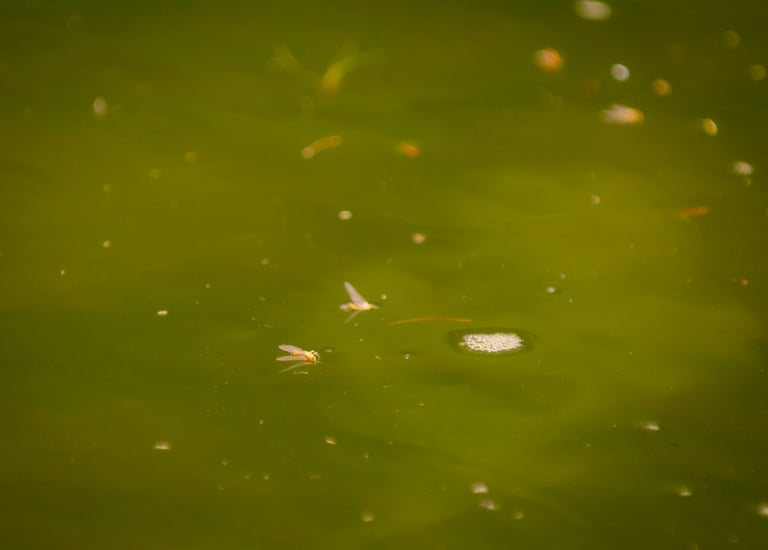

The Annual Sulfur Hatch is a Phenomenal Time to Fly Fish the South Holston River in Bristol, TN.
Some might argue the best time to fish the South Holston River is during its annual Sulfur hatch, which begins in late March in the lower stretches near Bluff City. By May, the hatch progresses upstream to the public wade access along Big Springs Road, providing an excellent opportunity to target larger brown trout on dry flies. By June, Sulfurs reach the Weir Dam and Tailwater Trail, where they remain throughout the summer into early fall. Early in the season, expect Sulfurs in size #14, while by late summer, they typically range from #16 to #18. CDC dry flies like the Comparadun and Puff Daddy are among the most effective patterns.
How Do I Fly Fish for Brown Trout on the South Holston River?
Dry dropper and small yarn nymph rigs are the most effective way to catch brown trout on the South Holston River. Long leaders and light tippet are essential for effective presentations. Our preferred setup includes a 9 ft, 3x or 4x monofilament leader paired with 5x to 7x fluorocarbon tippet. The total length of the leader and tippet should be around 11–12 ft. Dry-dropper rigs or yarn indicators are ideal for nymph fishing, as they allow for delicate presentations that won’t spook as many fish.
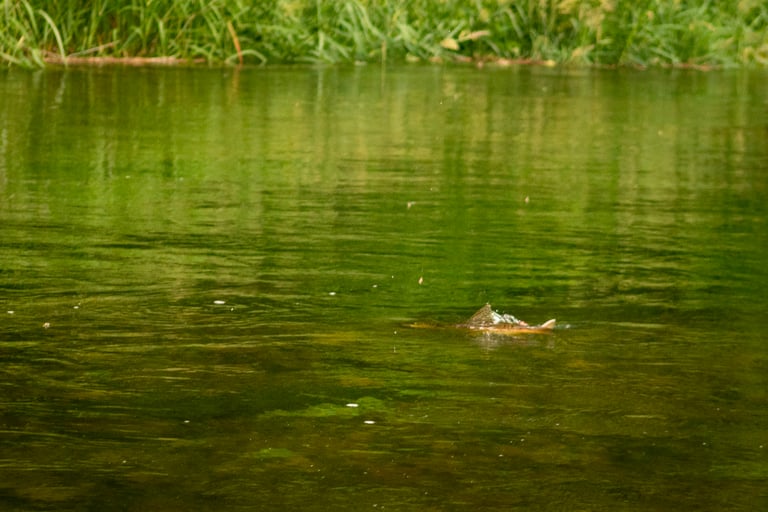


Check out this video from a trip mid summer 2024!
South Holston River Generation Schedule

















What Are the Best Flies for the South Holston River in Tennessee ?
To help fly tyers and DIY anglers, we’ve created a detailed hatch chart that provides a month-by-month outline of what these fish typically feed on. This resource will give you a solid starting point to match the hatch and improve your chances on the water.
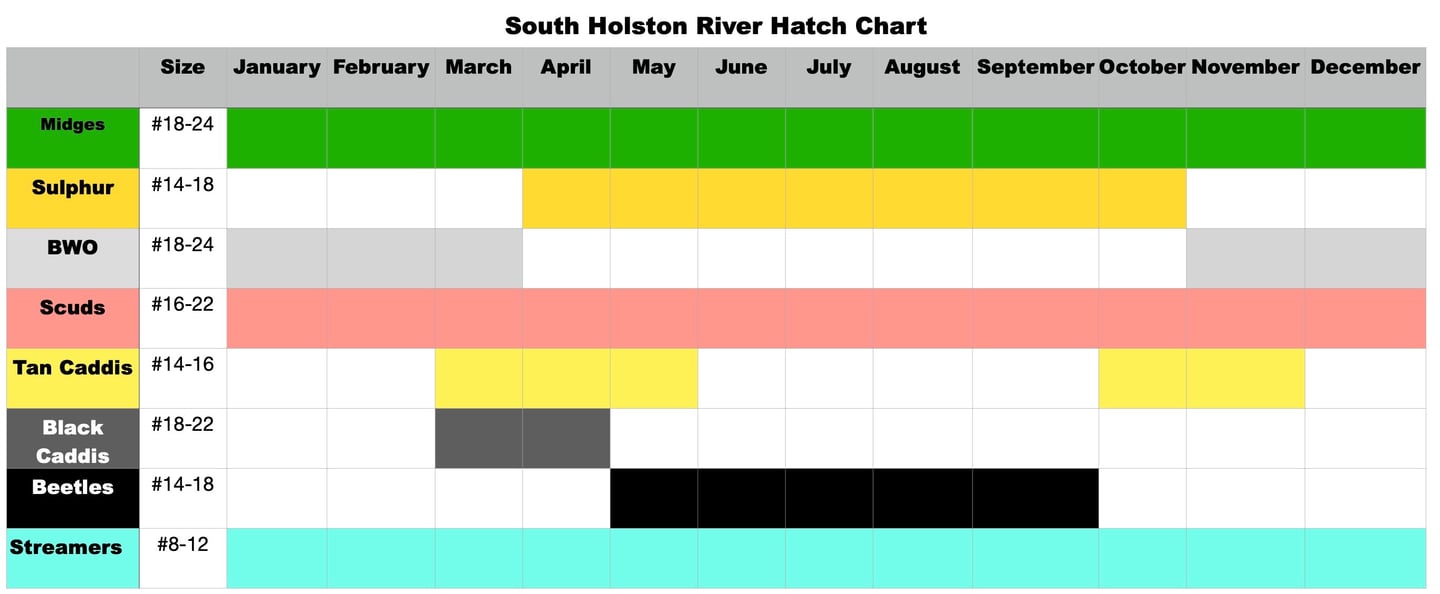

Even experienced guides find themselves pondering this question on certain days. With the South Holston River’s incredible abundance of bug life, trout can become highly selective about the variety, size, and color of flies. However, we have found these patterns below have brought success even on the toughest days.
Some of the Best Fly Patterns for the South Holston River Include:
#20 Purple Zebra Midge
#20 Black Zebra Midges
#20 Stripper Midges
#20 BWO Comparadun Dry Fly
#20 Rod's BWO Nymph
#16-18 Sulfur Comparadun Dry Fly
#16-18 Puff Daddy Dry Fly
#16-20 Pheasant Tails
Now for the nitty-gritty: on most days, trout on the South Holston River will key in on midges. Having a variety of midge colors and sizes is essential for success. Our favorite midge colors include olive, brown, gray, black, and purple. We prefer tungsten beads, as they often eliminate the need for split shot unless absolutely necessary. Common bead colors we use are black, copper, and gold, though there are days when trout will favor a silver bead instead.
How Do I Know What Flies to Use When on the South Holston River
When Sulphurs or Blue-Winged Olives are hatching, it’s the perfect opportunity to fish dry flies. Patterns such as the Comparadun or Puff Daddy are essential during these hatches. Trout on the South Holston tend to favor CDC wing materials over traditional hackle, so these flies should be treated with a powdered silica, like Frog’s Fanny, to maintain their buoyancy. Fishing a dry-dropper rig can also be highly effective during these times, with thin-bodied Pheasant Tail nymphs being a reliable choice as the dropper.
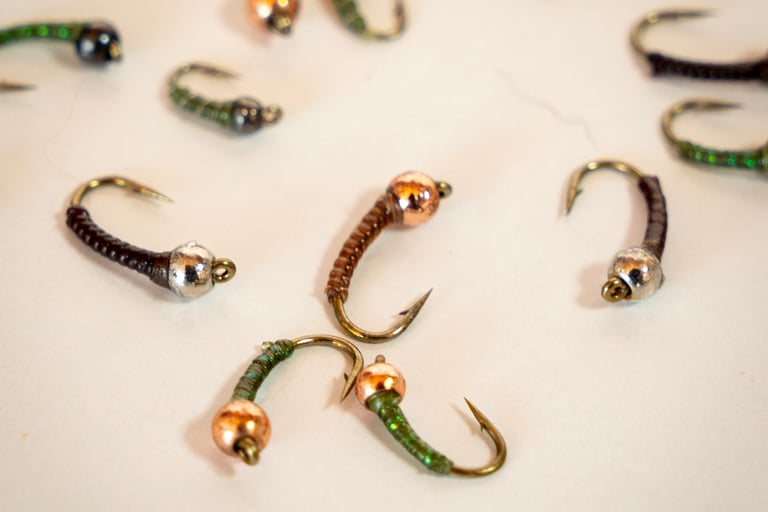

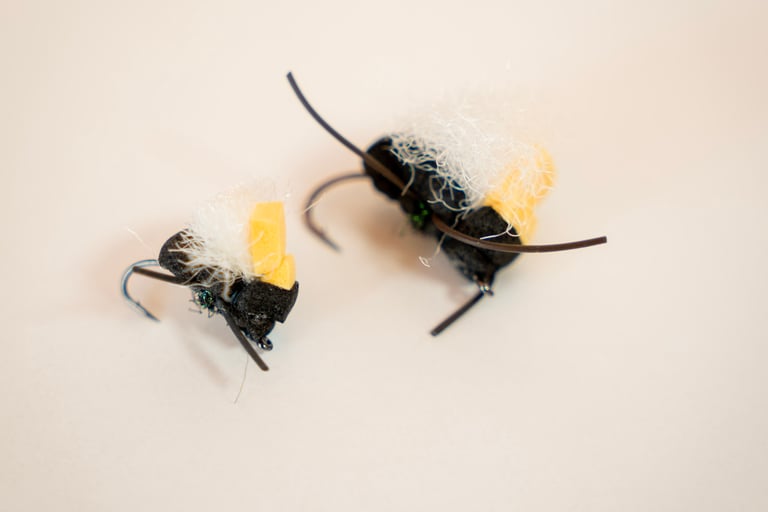

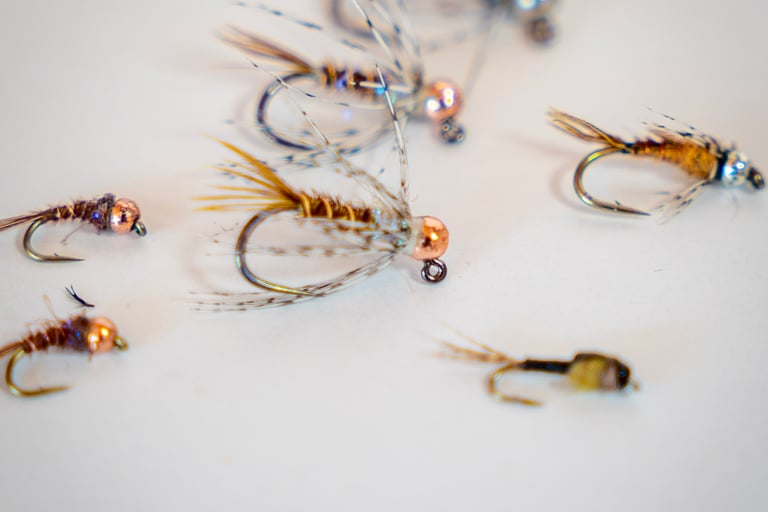

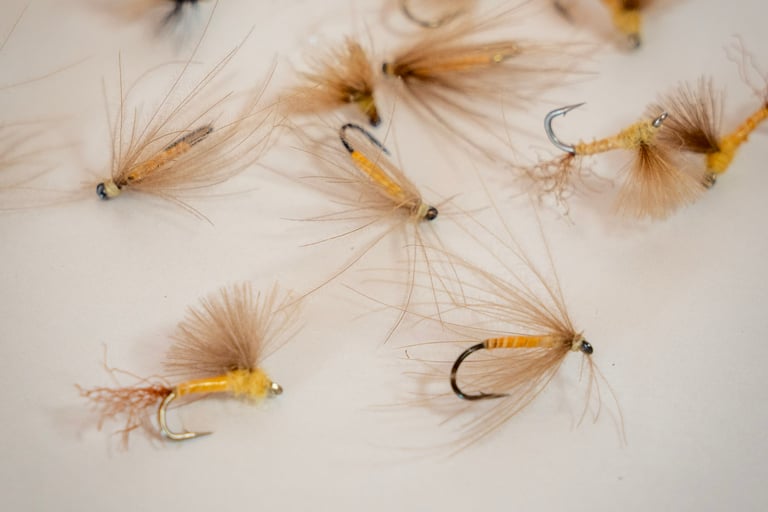

Spring and fall provide unique opportunities to fish caddis flies on the South Holston. While caddis pupa patterns can be effective, it’s hard to beat the productivity of a soft hackle nymph. Caddis hatches on this river are typically sporadic, and catching trout on a caddis dry fly is relatively uncommon. However, during these times, tying on your favorite Elk Hair Caddis pattern can still be a rewarding choice for opportunistic rises.
Last but not least, streamers and terrestrials offer exciting opportunities on the South Holston. There are moments when beetles fall from the tall grass along the river’s edge, creating a valuable protein source for trout. Occasionally, this can entice even large brown trout to rise and take advantage of the easy meal!
Fishing the river’s edge with small streamers can also be an effective strategy. Patterns that imitate sculpins or black leeches often yield impressive results. While this isn’t a tactic to rely on every day, it’s worth trying on cloudy days when trout are more aggressive. Both beetles and streamers tend to be most productive during the early morning or late evening hours, making them a great option for those prime fishing windows.

The Best Public Access Points Along the South Holston River
Driving Directions to ALL the boat ramps and the best public access points for fly fishing on the South Holston River.

This map highlights the first boat ramp below the dam. Floating this stretch during low water is nearly impossible, but wade anglers can use the Tailwater Trail to escape the initial fishing pressure. The best hatches typically occur within the upper two miles, so make sure your dry fly box is ready! When generating, it takes the high water 30 minutes to reach here.
Map to Tail-Water Trail and Boat Launch
30 Minutes from Generation Turn-On
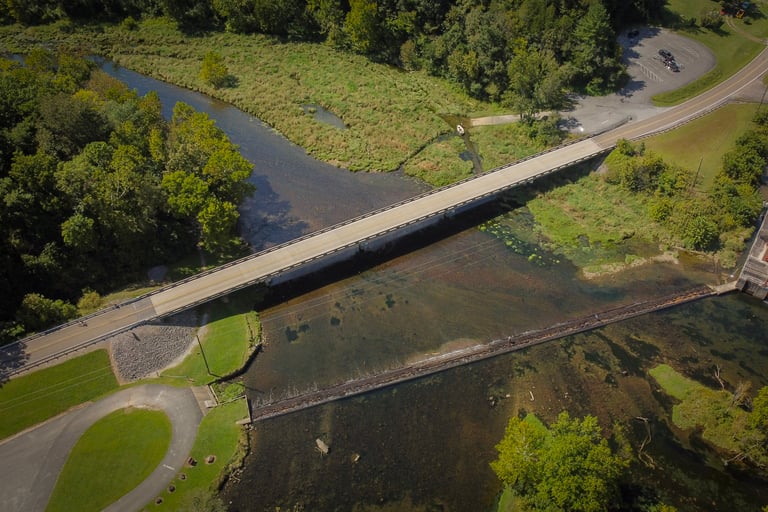

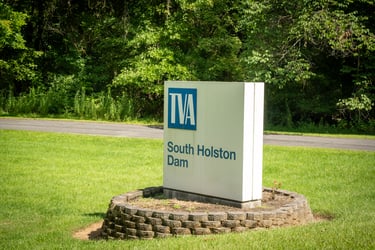

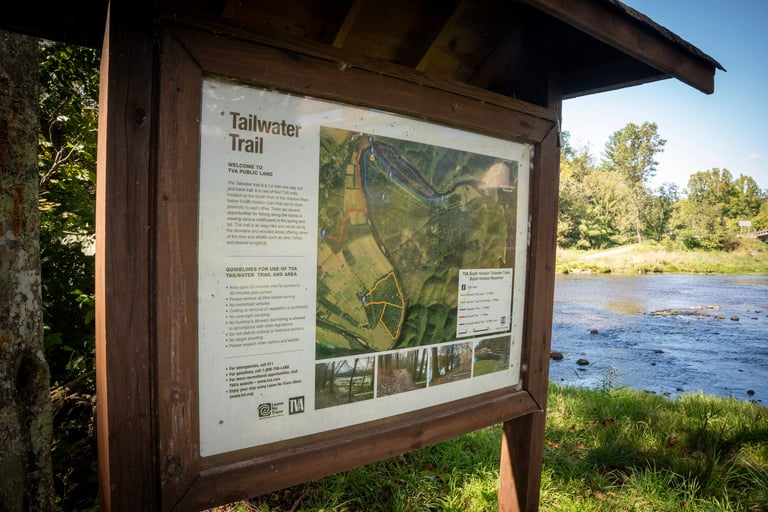

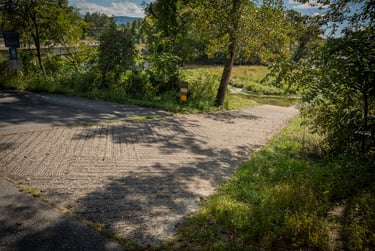

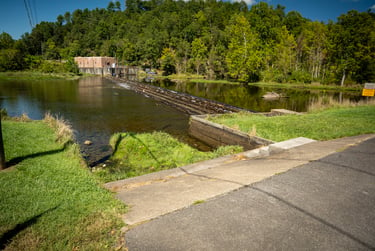

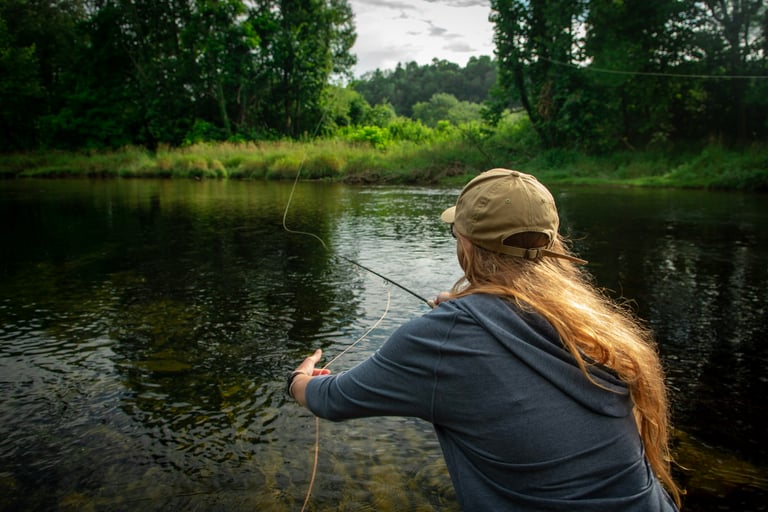

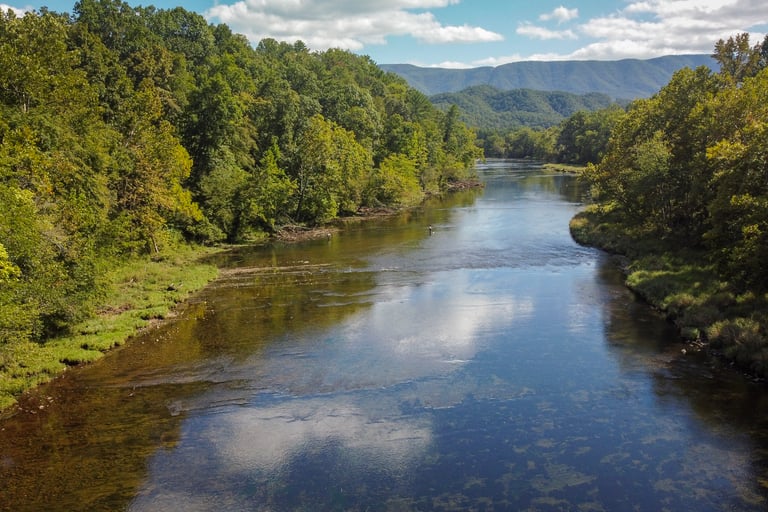


Map to TVA South Tail-Water Trail & Wade Access
This map leads to the end of the Tailwater Trail, providing excellent access for wade fishing into areas bordering private property. Remember to stay within the riverbanks as you wade downstream to avoid trespassing. This spot is especially rewarding during the summer Sulphur hatches, making it a must-visit for anglers! It takes the high water 45 minutes to reach here.
45 Minutes from Generation Turn-On
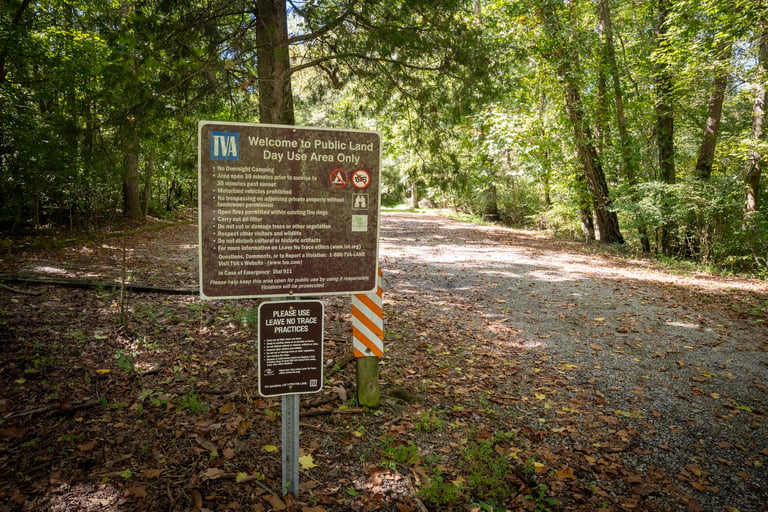

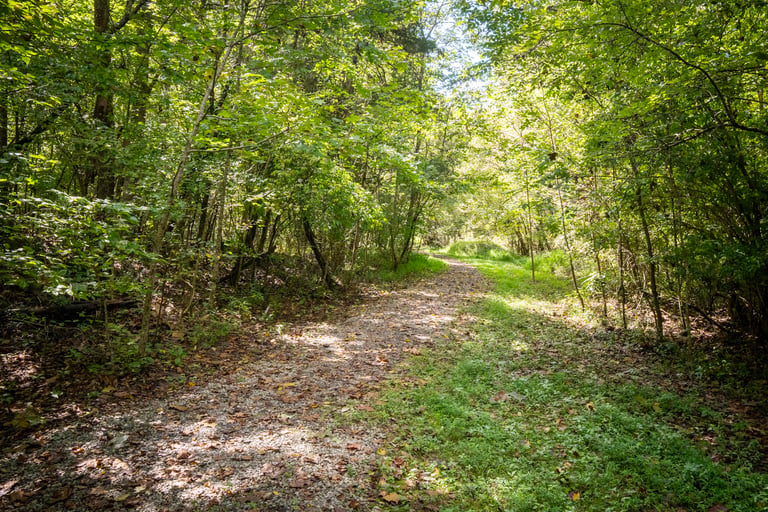

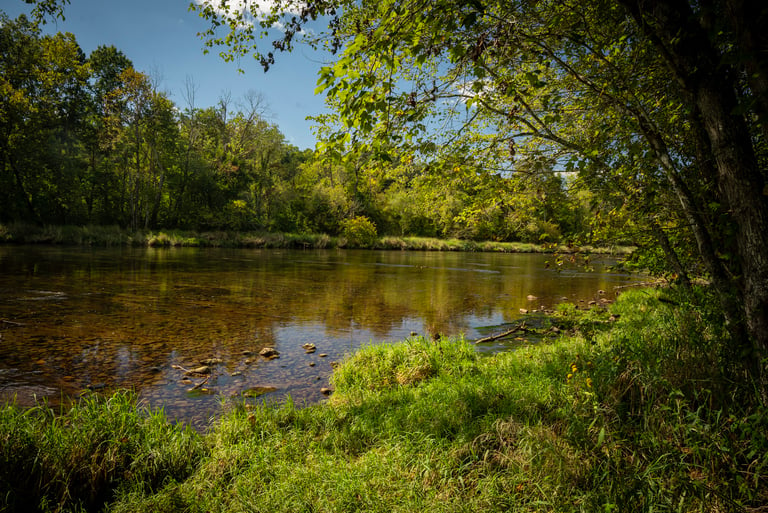


Map to the Bouton Trail Wade Fishing Access along the South Holston River
The Bouton Trail is a 1.6-mile loop that runs along the river for approximately half a mile. If you enjoy fishing pocket water and riffles, this stretch is perfect for you. While this spot is popular with local anglers and can see heavy traffic, there’s plenty of water to accommodate everyone. It takes high water 1 hour to reach here.
1 Hour from Generation Turn-On
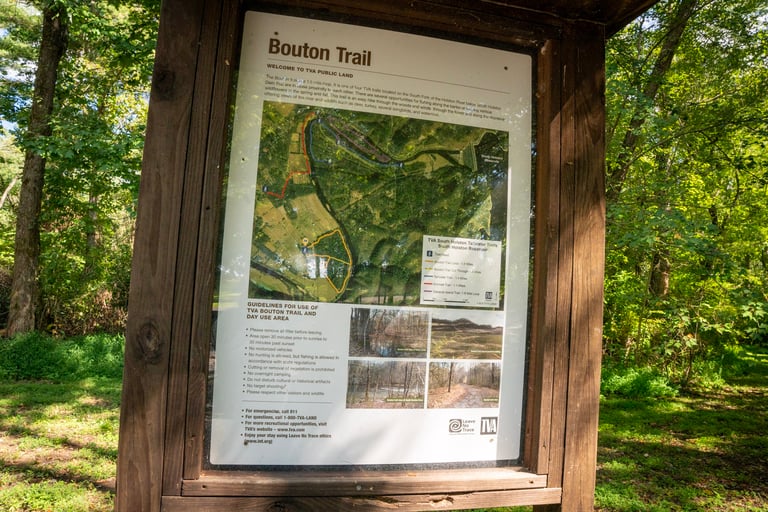

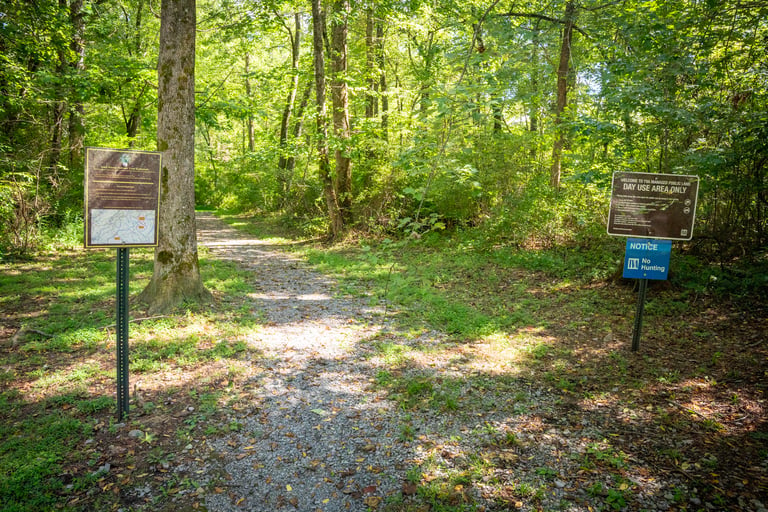

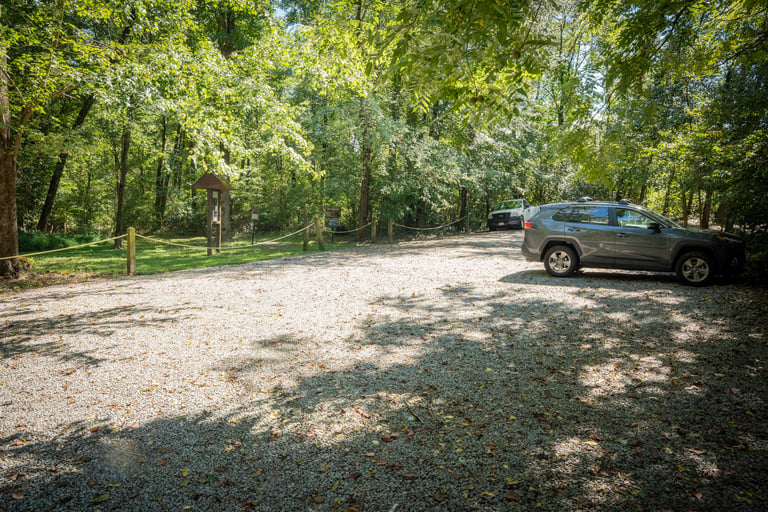

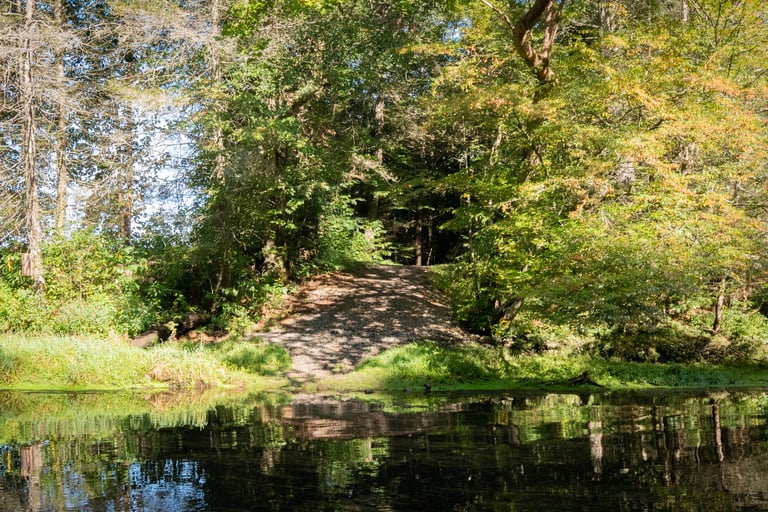

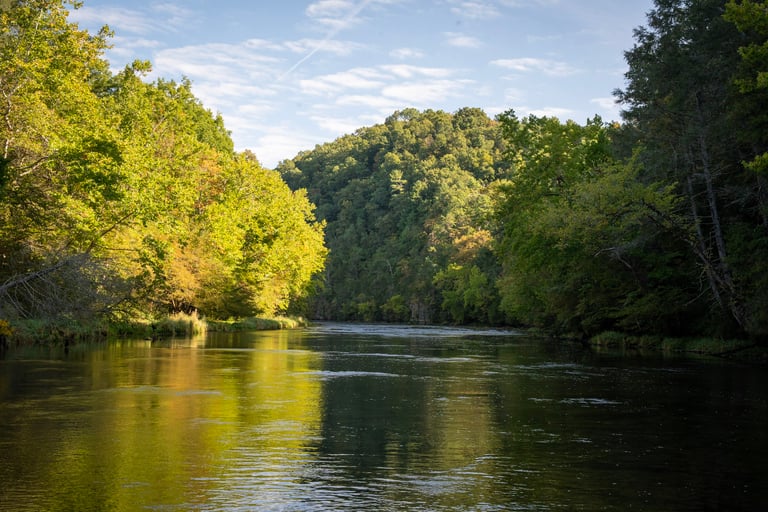


Map to Big Springs Public Boat Ramp on the South Holston.
For those floating high water from the dam, this is the closest public boat ramp. This is the Half-way point on the river. It’s a six-mile float from the dam ramp, typically taking around four hours if you don’t make many stops. For wade fishermen, a public trail provides access to a section about 1/2 of a mile upstream. This area features deep water, but you’ll often find some cautious brown trout lurking nearby. Nymphing can be incredibly effective here all year. It takes high water 3 hours to reach here.
3 Hours from Generation Turn-On
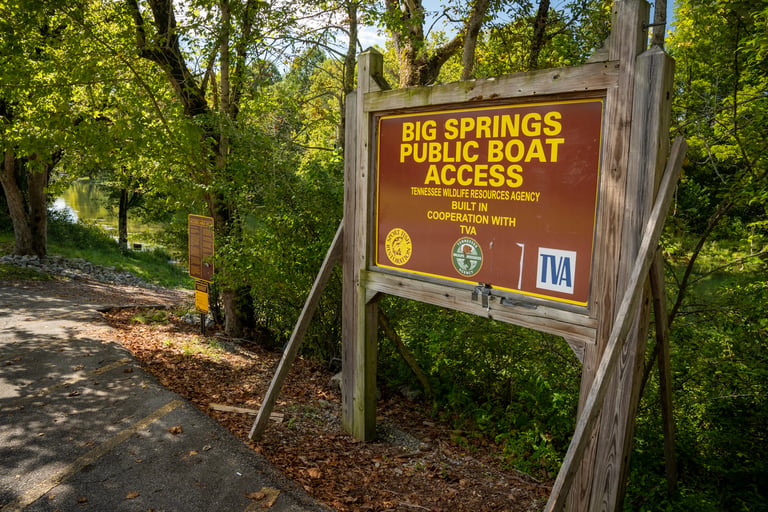

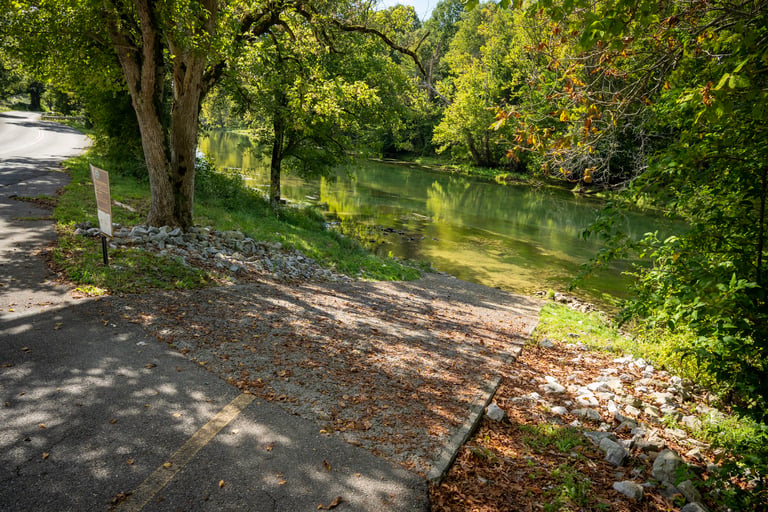

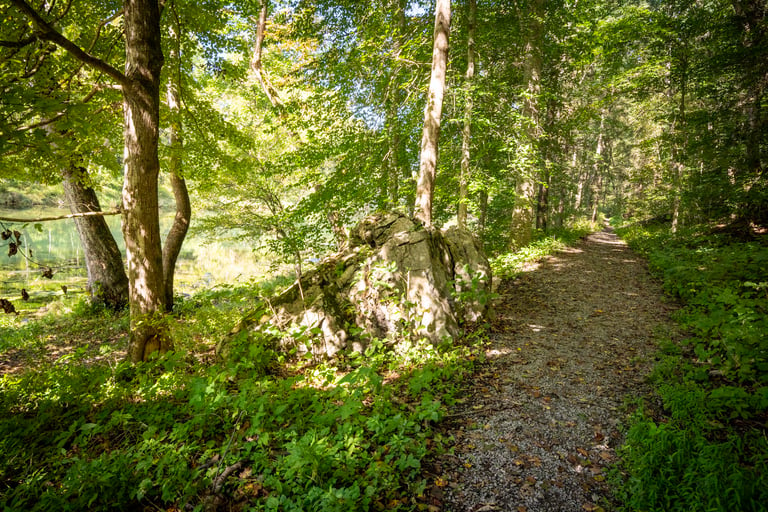

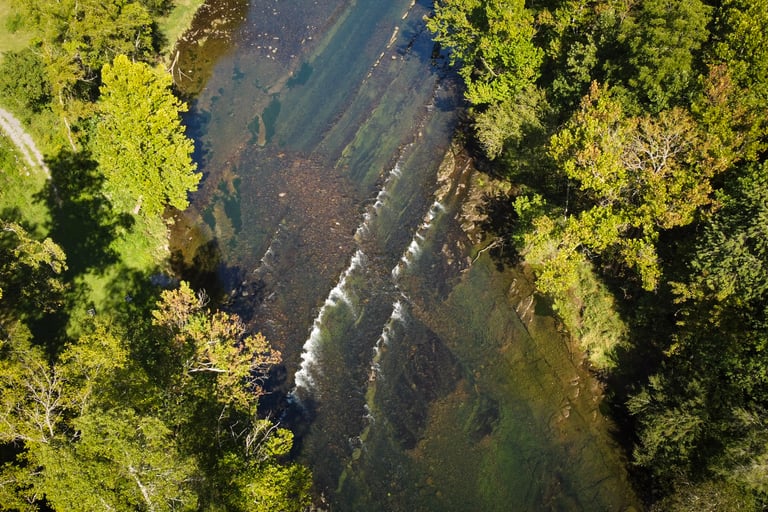

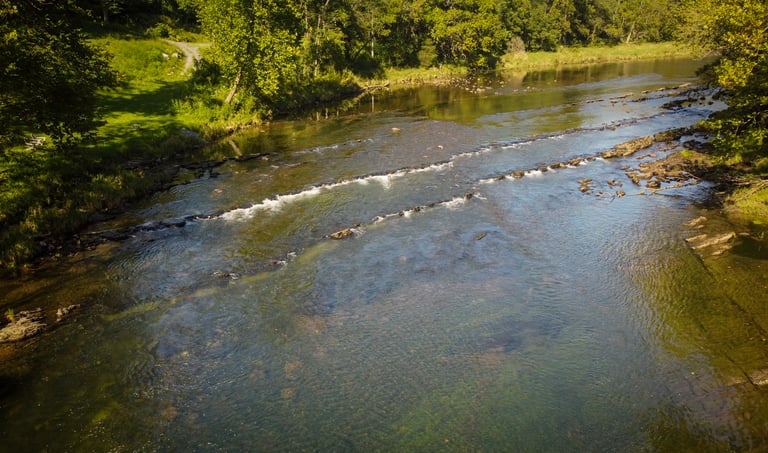


Map to Weaver Pike Boat Ramp on the South Holston.
This boat ramp, owned by the City of Bristol rather than TVA, has not been well-maintained. Anglers and boaters should be cautious when using it, as the access road has large potholes, requiring a vehicle with four-wheel drive and good clearance. Limited parking is available and there is room for one car above the ramp, but it’s far from ideal. This ramp is located two miles downstream from the Big Springs Boat Ramp. WE DO NOT RECOMMEND USING THIS ACCESS. It takes high water 3 hours and 45 minutes to reach here.
3 Hours and 45 Minutes from Generation Turn-On

This map leads to the Forrest Thomas Boat Ramp, located 12 miles from the dam and 6 miles downstream from the Big Springs Boat Ramp. It’s an excellent full-day float option for guides and anglers during high water. Wade fishing in this area offers a unique experience, with deep limestone troughs providing habitat for both rainbow and brown trout. Springtime often brings consistent caddis and Sulfur activity. Streamer fishing can yield impressive results as larger trout frequent this stretch. However, due to the distance from the dam, fishing here in mid-to-late summer can be less productive because of rising water temperatures. During generation, it typically takes around 4 hours and 30 minutes for the water to reach this section.
4 Hours and 30 Minutes from Generation Turn-On
Map to Thomas Boat Ramp on the South Holston.

Map to Bluff City Boat Ramp on the South Holston.
6 Hours from Generation Turn-On
This map leads to the Bluff City Boat Ramp. In the summer, this short 2-mile stretch of river transitions into the upper reaches of Boone Lake, with the final 3/4 mile requiring some rowing to exit. This stretch is seasonal and best avoided during the hottest part of the summer, as trout tend to become lethargic. However, it has excellent potential from October through May. Bring out your long leaders, as the trout in this area can be particularly skittish!


Your Next Adventure to the South Holston River Awaits!
The South Holston Angler has put together this information to help all anglers visiting the area make the most of their trip. If we missed anything or you have additional questions, don’t hesitate to reach out—we’d love to chat fishing with you!
In the meantime, enjoy these highlight reels from 2024. Tight lines, friends!

Learn More About Fishing Watauga.

BOOK NOW!!
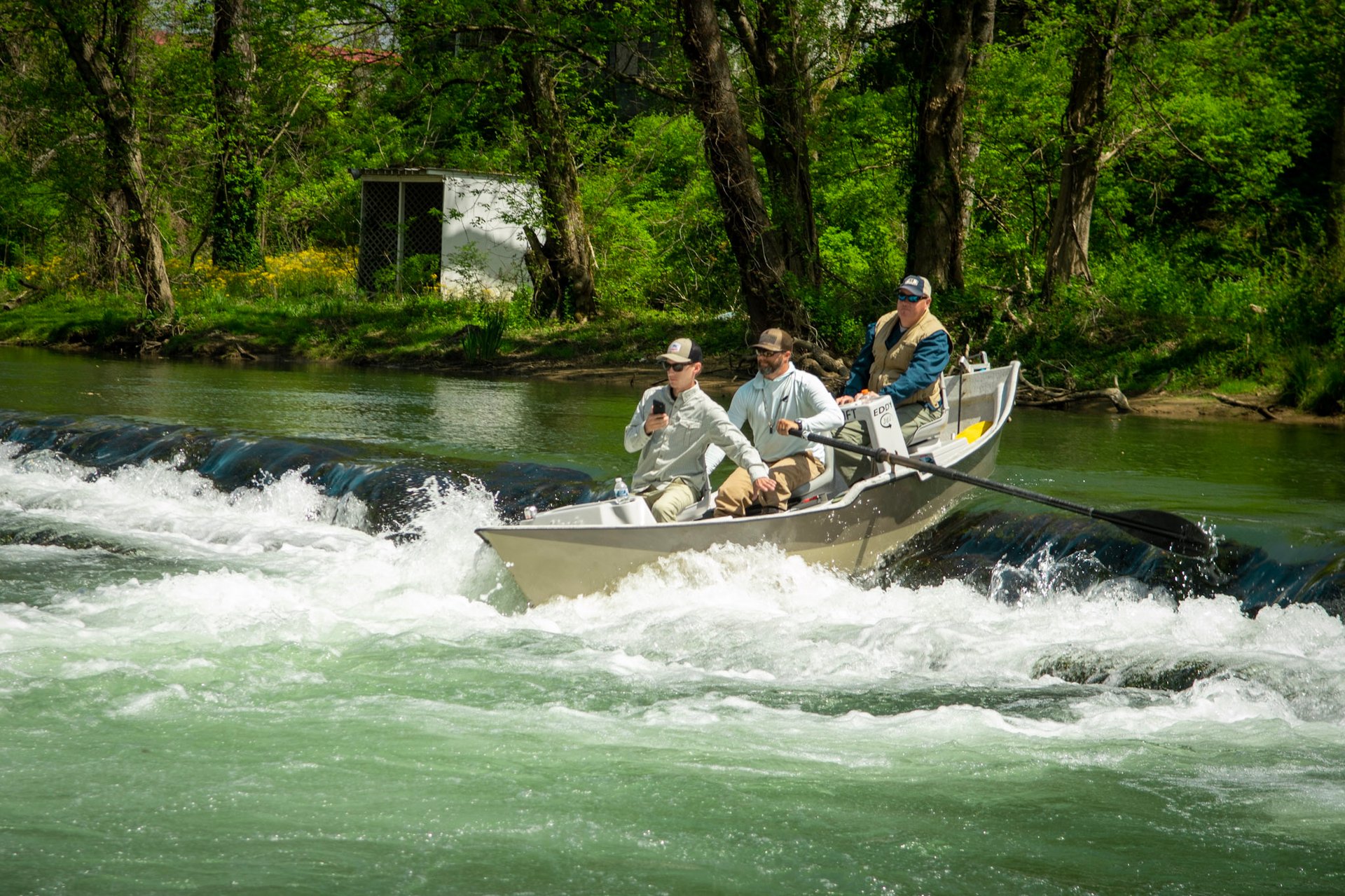
South Holston Angler Affiliates
Two Rivers Shuttle:
Blue Ridge Guide Association
Need a Shuttle on Watauga or South Holston - Call Jeff
Need Fly Tying Material's, Flies, and Local Fishing Tips - Meet John Lerass at his Bluff City fly shop!
Donate to Help Preserve Our Fisheries
